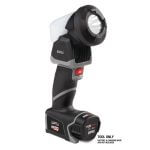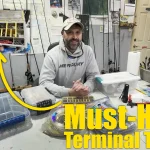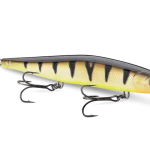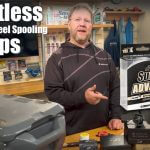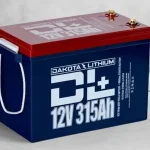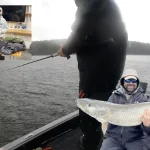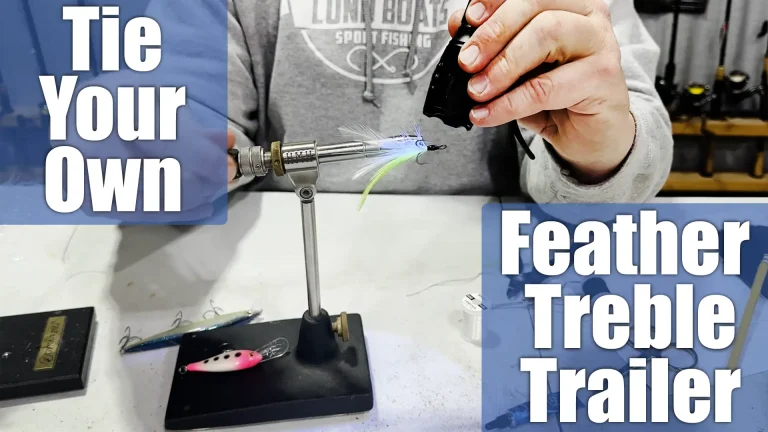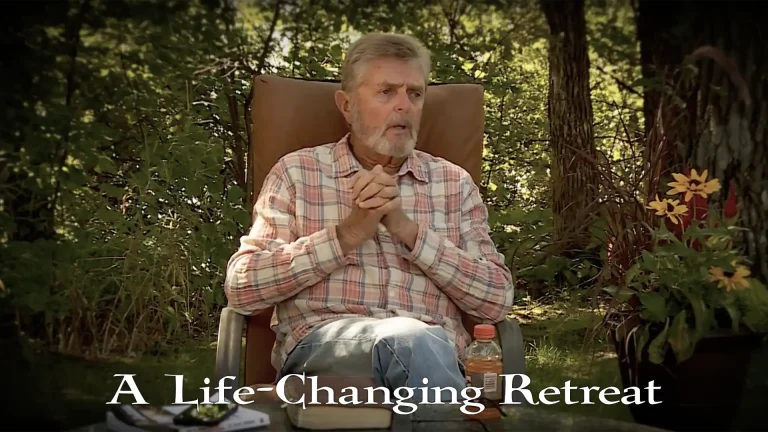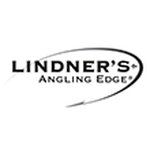Canadian Trolling Tactics Video: Trolling is one of the best ways to learn new water and contact active fish. Watch Jeremy Smith and Ty Sjodin on a Manitoba adventure catching walleyes and lake trout.
Trolling for lake trout in Canada is a unique and rewarding experience, and with the right knowledge and gear, it’s relatively easy to be successful. Here we explore the key elements of trolling for lake trout, from locating the thermocline to selecting the right lures and trolling techniques.
Locating the Thermocline
The thermocline is a key element in finding lake trout. It is the boundary between the warm and cold water layers of the lake and can be located with the help of your electronics. It is typically between 25 and 35 feet down and can be seen on a screenshot like the one below. Legendary angler Dick Pearson once explained that the thermocline is a natural funnel and that the fish will congregate in the area. Trolling in the area between the thermocline and the bottom of the lake, as this is where the trout will be.
Trolling Gear and Techniques
When trolling for lake trout, it is important to have the right gear. Smith recommends using a rod that is forgiving, such as the St. Croix Eyecon Trolling 86MM. He also suggests using Offshore clips with a peg on the inside to prevent the lead from sliding off and adding weight to the line with 8-10-ounce lead balls.
Smith also recommends using spoons, as they are effective in the northern waters. He suggests using the Luhr-Jensen Coyote Spoon, as well as larger flutter spoons, like the Nichols Lures Ben Parker Magnum Flutter Spoon that are popular for bass fishing. The Luhr Jensen Kwikfish K14 also produces lots of lakers, as it has a wide thump and is lively even at slower speeds.
When trolling, Smith suggests making different moves, such as speeding up and slowing down, as well as quickly turning the tiller back and forth. This will cause one bait to speed up and dive deeper, while the other rises up and moves slower, which tends to trigger strikes from trout following your lures.
Conclusion
Trolling for lake trout in Canada is an exciting and rewarding experience. With the right knowledge and gear, it can be a successful one. By locating the thermocline, selecting the right lures and trolling techniques, and using the right gear, anglers can make the most of their time on the water.
As Jeremy Smith says, “The selection of lures we pack for trolling Lakers deep is pretty simple. It’s mostly spoons from our experience in these Northern Waters. And bigger is usually better.”



